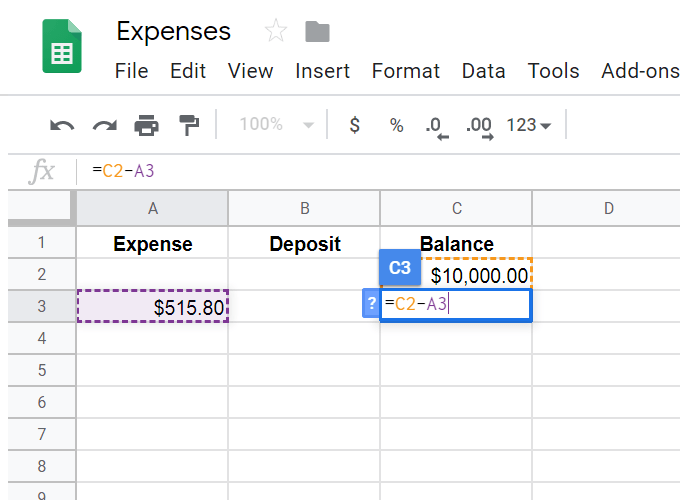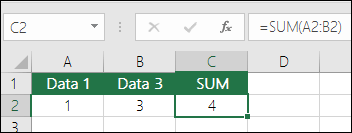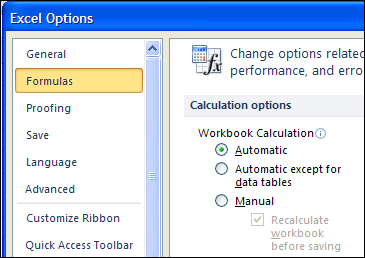
Now, the addition of two-time values is done as follows: =Initial Time + ( No of hours to be added/24) We can see that cell A2 contains an initial time, and the number of hours we wish to add to this is contained in cell B2. Now, let’s say we wish to add the desired time interval in excel to a given time: To do this, we divide the number of hours, minutes, or seconds by the number of the corresponding unit in one day (24 hours, 1440 minutes, 86400 seconds) and add the resultant quotient to the given time:Ĭase #1: When the time to be added is under 24 hours in excel: This format would be saved in the ‘Type’ list the next time we need it. We can see that with this format, the result changes from 03:30 to 27:30.

It is categorized under the math and trigonometry function entered by typing “=SUM” followed by the values to be summed. So, we sum the two given times in excel using the SUM () function SUM () Function The SUM function in excel adds the numerical values in a range of cells. We can see that the two times were taken by the student to complete two different assignments provided in cells: B2 and B3, and we wish to calculate the total time taken by a student in cell B4.

If we wish to calculate the total time taken by a student to complete two different assignments, when the student can complete the first assignment in 5 hours and 40 minutes, and the second assignment in 8 hours and 20 minutes:
AUTO SUM DOESN'T TOTAL AUTOMATICALLY ON EXCEL FOR MAC DOWNLOAD
Now, even if the filtered rows are more than will fit on a screen, you always have the filtered totals at the top.You can download this Sum Hours Excel Template here – Sum Hours Excel Template Example #1 Cut the formulas from the total row and paste to row 1. When you choose a different selections from the filter dropdown, the SUBTOTAL function will show the total for those visible.Īdditional Details: During a seminar for the Fort Wayne IIA, someone added a great suggestion to this topic. Excel inserts a SUBTOTAL function that uses the correct syntax to skip rows hidden by the filter. Click the AutoSum icon and press Enter.Below, the last visible row is 539, but the next blank cell is in row 568. Select the first visible cells beneath your numeric columns.Open the Customer dropdown and choose one customer. Apply a filter to at least one column.

This function will ignore rows hidden by the Filter command. When you apply a filter and then use AutoSum, Excel will insert a SUBTOTAL function instead. Normally, the AutoSum icon inserts a SUM function.

Strategy: You can use the AutoSum icon after applying a filter. Problem: I need to total only the visible cells in a filtered data set.


 0 kommentar(er)
0 kommentar(er)
